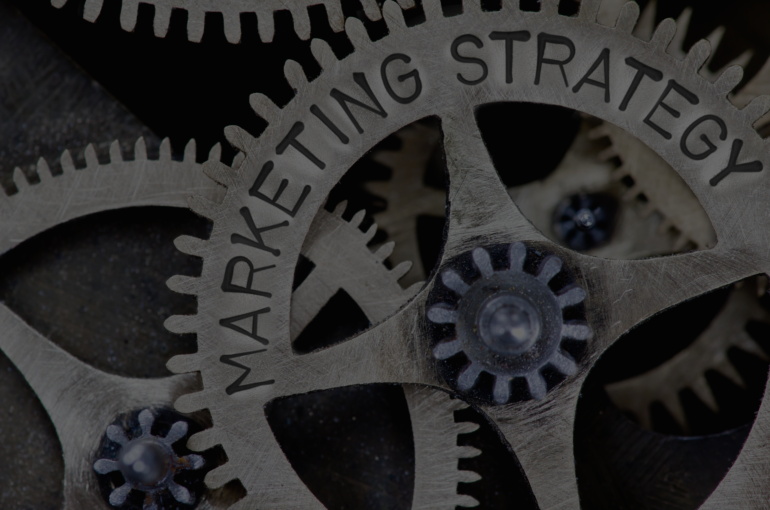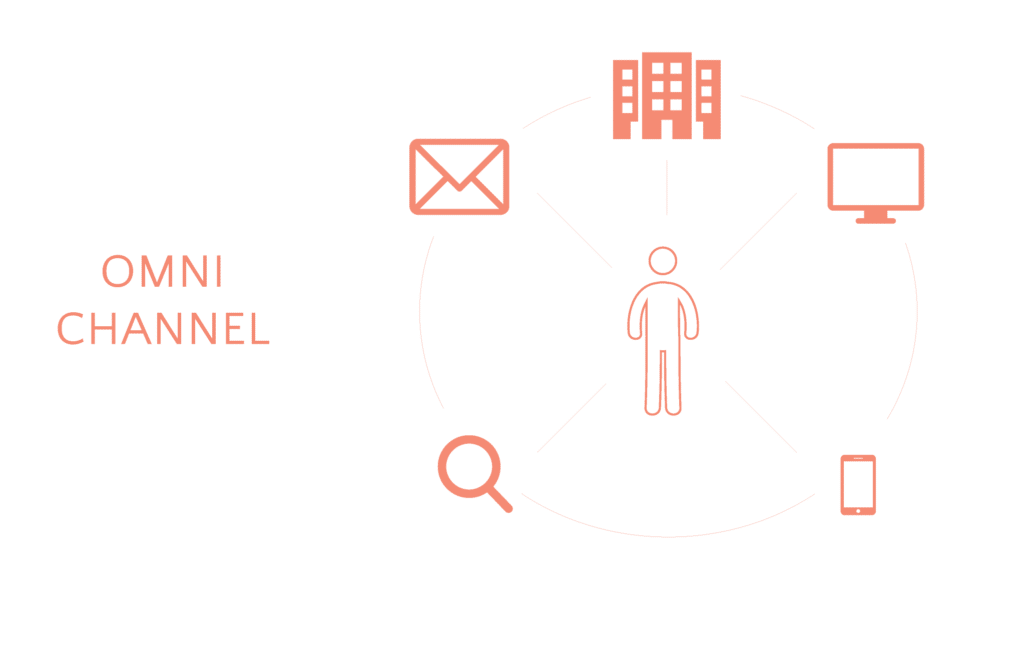What’s Omnichannel Marketing and Why You Are Missing Out by Not Doing it

A 2018 survey by Rakuten Marketing showed that marketing departments worldwide believe they are wasting 26 per cent of their budgets pursuing the wrong channels and strategies.
Regardless of the size of the enterprises surveyed, it is a significant amount of capital that could be invested more effectively elsewhere.
As the business world becomes further connected, the question is no longer which single channel is the right one to connect to customers, but rather how to connect with customers effectively across all available channels.
Companies have been pursuing cross-channel and multichannel strategies for years, but as customers have become more Internet-savvy, they expect their favourite brands to do more. That expectation has led to the rise of omnichannel marketing.
Companies with “extremely strong” omnichannel customer engagement retain 89 per cent of their customers.
When integrated correctly, the results yielded by omnichannel marketing speak for themselves. Businesses that adopt omnichannel strategies have 91 per cent higher year-on-year customer retention rates, while companies with “extremely strong” omnichannel customer engagement retain 89 per cent of their customers, compared to 33 per cent for companies with “weak” omnichannel customer engagement.
From Multichannel to Omnichannel Marketing

Differentiating between multichannel and omnichannel marketing takes some getting used to but, once established, cuts a clear swathe between the past and present of engaging with customers in the digital landscape.
Multichannel marketing occurs across several different platforms and gives the consumer the ability to decide how they are going to interact with the brand. For example, a company might attempt to connect to potential customers via an ad in the local newspaper, an email marketing campaign and its Twitter account.
The ad tries to sell the customer on coming to the company’s new bricks-and-mortar location, offering 25 per cent off on select merchandise for the first 100 customers through the door the next day. The Twitter account will tell interested parties that if they post using the hashtag “#BrandXrocks” in the next 24 hours, they’ll receive a special badge to put on their own Twitter account. Meanwhile, the email campaign attempts to kickstart the individual’s customer journey by engaging them on what pain points the company can solve for them.
All three marketing channels will likely affect some members of the audience, but all three are sending consumers in different directions.
Omnichannel marketing differs in that the platforms are all connected and used to offer the same access and carry the same messages to the consumers in every possible format.
Omnichannel marketing differs in that the platforms are all connected and used to offer the same access and carry the same messages to the consumers in every possible format. The wrapping paper might look different from channel to channel, but the message inside and the user experience are consistent and seamless, whether the customer uses a desktop computer to shop online, calls the company on the phone or walks into the bricks-and-mortar store.
Not only that, but the different channels also exchange information with each other to enhance analytics and improve marketing strategies and outreach. When customers check in from the store on Facebook, the marketing department can visit their profiles and glean more information about their likes and dislikes. If you send out mailers with QR codes for the redemption of a special gift, you can learn in what geographical areas the biggest concentration of your customers live in.

Omnichannel marketing is crucial because it offers:
- A seamless, integrated and consistent customer experience across all channels.
- A chance for your company to test and view the experience through the eyes of a customer.
- The ability to measure and segment your audience across multiple data points.
Benefits of Omnichannel Marketing
Consumers have already made their desires known loud and clear; 87 per cent think brands need to put more effort into providing a seamless omnichannel experience. In the age of big data, real-time analysis, cloud computing and the Internet of Things (IoT), omnichannel marketing is not just attainable but necessary. IoT gives companies more channels to connect with consumers than ever before; not taking advantage of the data available rings of lost opportunities.
In the age of big data, real-time analysis, cloud computing and the Internet of Things, omnichannel marketing is not just attainable but necessary; not taking advantage of the data available rings of lost opportunities.
Chief among the benefits of using omnichannel marketing is the uptick in brand recognition. Seeing the consistent messaging, logo and verbiage of a company across social media, website copy, emails and physical advertisements adds up.
Customer loyalty– one of the toughest qualities to achieve and even tougher to keep – is another benefit of employing an omnichannel marketing scheme. With about 50 per cent of loyal customers saying they have left a company for its competition based on the ability to stay relevant and satisfy needs, locking in customers for the long haul cannot be understated. The more in touch your company is with a customer’s wants and needs, the more likely that customer is to bring repeat business to you. Customer loyalty also brings the best form of advertising with it – word of mouth, which has a powerful attraction rate and costs absolutely nothing.
Moving beyond the physical or digital realm to the point of really knowing the customer cannot be understated.
Some companies may believe omnichannel marketing is beyond their current technology level or price point. But its benefits, the ultimate of which is moving beyond the physical or digital realm to the point of really knowing the customer, cannot be understated. The ability to integrate a marketing strategy where a company is in constant contact with the customer on a journey that offers the latter high-quality information and the former high-quality data is the best of both worlds. It gives your company the best possible chance to communicate and sell to a customer in the way that the customer most prefers. Additionally, with each consumer who moves through the customer journey via omnichannel marketing, the company has that much more information to refine and refocus its campaigns to increase the odds of future conversions.

